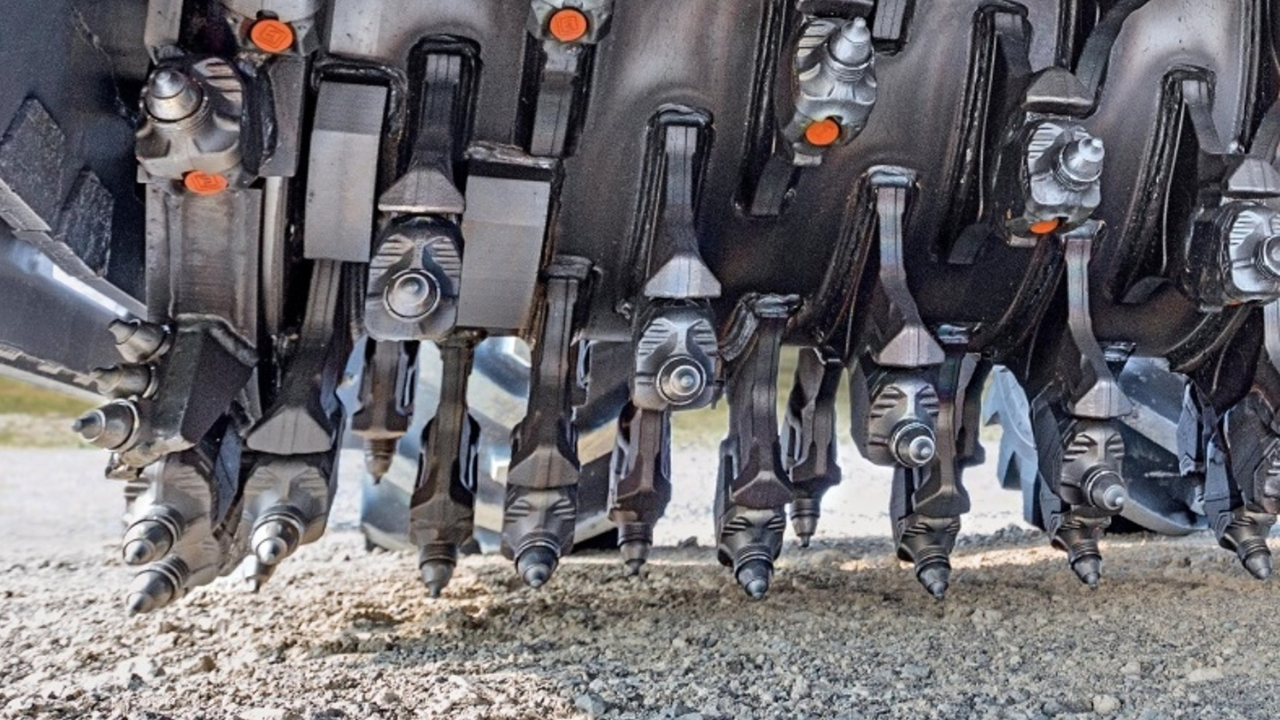The practice of soil stabilization is of essential importance for the construction of roads and land development. The process of soil improvement through property enhancement creates better load-bearing ability and durability. The performance quality of soil stabilization machines depends heavily on the installation of premium tools and durable wear components. The operational efficiency of milling teeth removal tool and service duration improve when using appropriate components.
Essential Tools for Soil Stabilization Machines
Multiple essential tools enable the proper operation of soil stabilization machines. These include:
Soil Stabilization Teeth and Cutting Tools
Soil stabilization teeth serve to break soil into pieces before combining it with stabilizing agents including cement lime and bitumen. The production of durable cutting tools requires tungsten carbide materials because they resist both abrasive environments and extended operational periods.
Mixing Rotors
A mixing rotor stands as the essential component which maintains uniform stabilizing agent dispersion throughout the soil. The stabilization process becomes more efficient when using a high-quality rotor because it achieves uniform blending and maintains consistent compaction.
Wear Plates and Holders
Wear plates installed on machines protect structural components by reducing maintenance expenses through wear and tear protection. The teeth require holders which need to be built for easy replacement and long-lasting performance.
Bit Holders and Adapters
The role of bit-holders consists of tool security and rapid tool replacement when operators need to change cutting tools. The use of high-quality adapters enables machines to work smoothly with various types of soil stabilization bits.
Importance of High-Quality Wear Parts
Soil stabilization machine efficiency and operational life span directly correlate to the quality of its wear parts. High-quality wear parts investment proves essential because of these primary factors:
Increased Durability
Higher initial prices for premium wear components constructed from tungsten carbide and alloy steel lead to longer product life which reduces replacement needs leading to lower operational expenditures.
Enhanced Efficiency
High-quality cutting tools and wear parts enhance the speed and effectiveness of soil stabilization processes, which results in better compaction and uniform treatment of soil.
Reduced Maintenance Costs
Wear parts made for longevity decrease equipment breakdowns along with the associated maintenance costs and equipment downtime.
Better Performance in Harsh Conditions
The process of soil stabilization occurs mainly in challenging environments where materials exhibit high abrasiveness. Tools with strong resistance to wear enable machines to function optimally in harsh environments.
Factors to Consider When Choosing Wear Parts
The following aspects need evaluation before choosing wear parts for soil stabilization machines:
- Material quality for tungsten carbide or alloy steel for high wear resistance.
- The parts need to match the particular model of the soil stabilizer exactly.
- Equipment maintenance becomes less disruptive because of fast replacement protocols.
- Go for wear parts from manufacturers who earn a solid reputation for making both strong and highly performing replacement components.
Conclusion
The success of soil stabilization machines depends heavily on using top-quality tools and wear parts. The purchase of top-quality cutting tools alongside wear plates, bit holders, and mixing rotors creates more efficient operations with reduced maintenance spend and produces steady soil stabilization outputs. Professional construction staff who make appropriate component selections will reach superior equipment productivity while extending equipment life duration.


